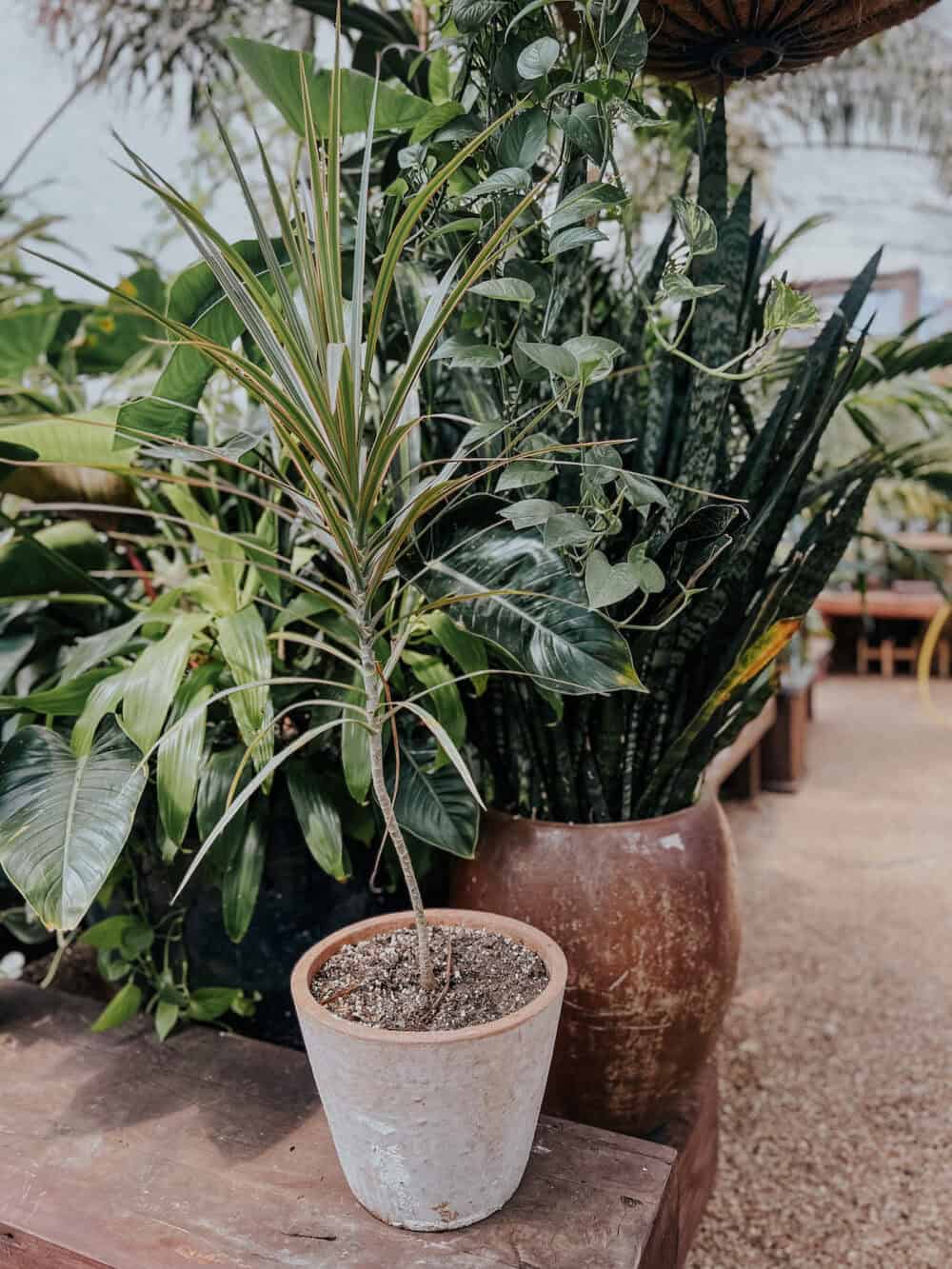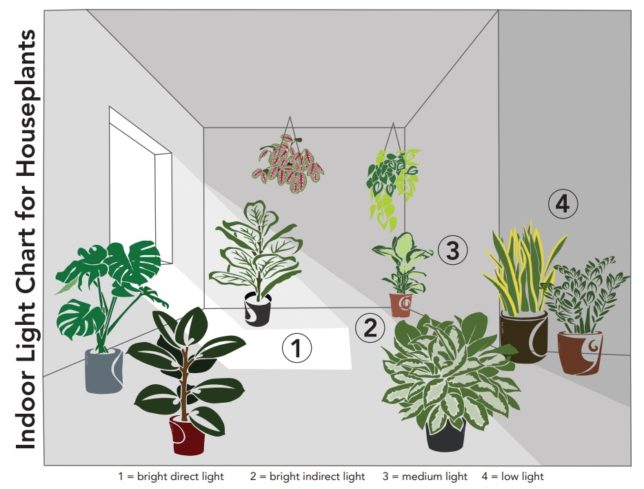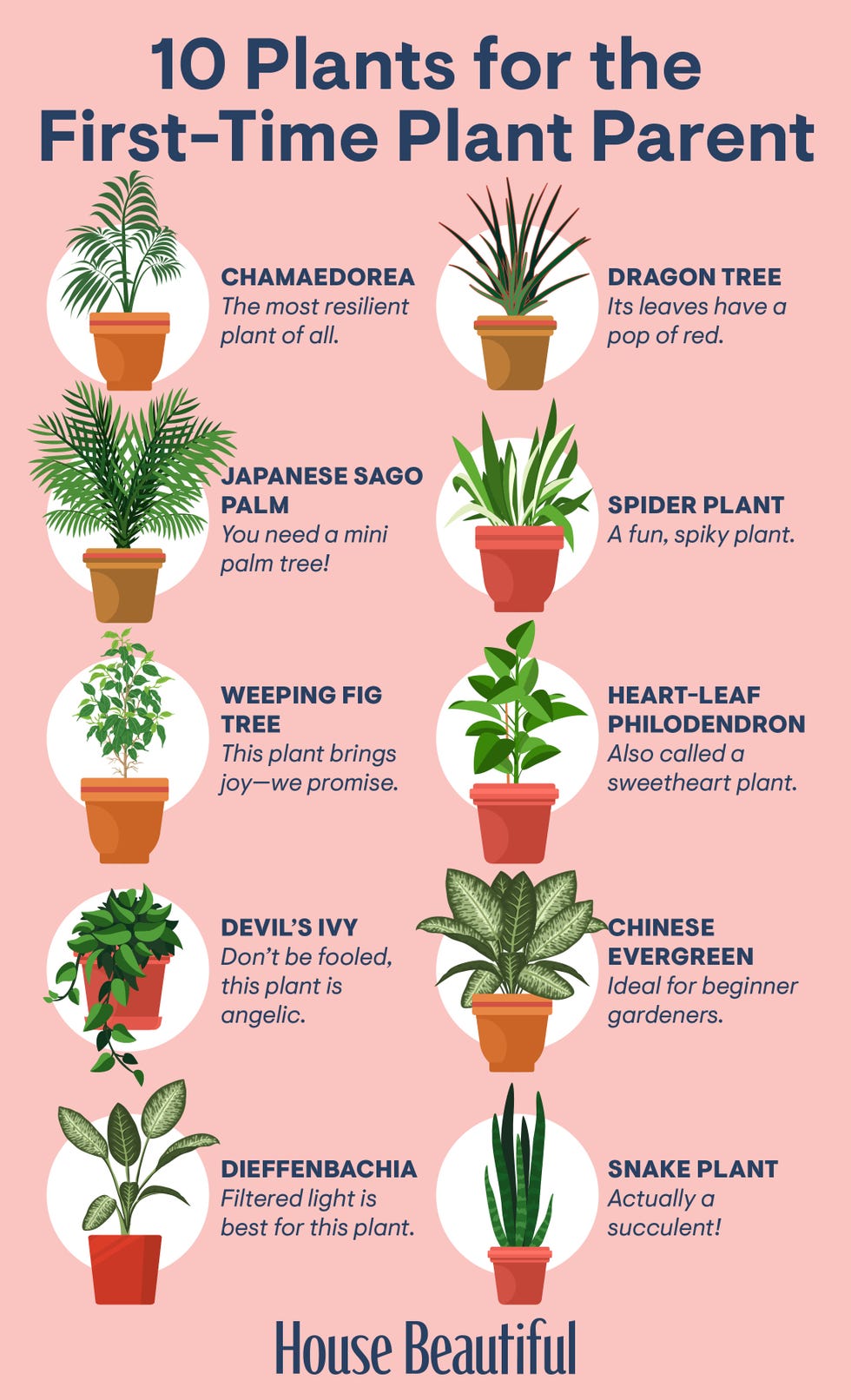Where to Place the Best Low-Light Indoor Plants in Your Home for Maximum Impact
Where to Place the Best Low-Light Indoor Plants in Your Home for Maximum Impact
Blog Article
Transform Your Home With Beautiful Low-Light Indoor Plants and Their Benefits
Incorporating low-light indoor plants right into your home can dramatically improve both the ecological and aesthetic top quality of your space. These plants, which flourish in dim problems, offer not just as ornamental components yet likewise as natural air cleansers, making them ideal for metropolitan occupants or those with restricted sunshine direct exposure. As we check out the numerous kinds of low-light plants and their advantages, you might locate unusual ways to incorporate them into your home that can change your surroundings in methods you might not have anticipated.
Advantages of Low-Light Plants
Low-light plants offer countless benefits for indoor environments, making them an exceptional choice for both amateur and knowledgeable gardeners. One of the key advantages is their versatility to low-light conditions, allowing individuals to boost their home without the requirement for comprehensive sunlight direct exposure. This characteristic makes them perfect for apartments, workplaces, and various other locations with limited all-natural light.

In addition, incorporating low-light plants into home design can elevate the aesthetic appeal of a room. Their rich vegetation and differed textures create a relaxing environment, adding to general health. The presence of greenery has been linked to lowered anxiety levels and boosted efficiency, making low-light plants a practical option for improving both psychological and physical health and wellness in interior settings.
Leading Low-Light Indoor Plants
While numerous interior plants flourish in brilliant light, numerous varieties are particularly well-suited for low-light problems, making them suitable for different interior spaces. One preferred option is the Serpent Plant (Sansevieria), recognized for its striking upright fallen leaves and strength, requiring minimal treatment. One more outstanding option is the Pothos (Epipremnum aureum), which features heart-shaped fallen leaves and can route wonderfully from shelves or hangers, prospering in reduced light and including a rich touch.
The ZZ Plant (Zamioculcas zamiifolia) is commemorated for its shiny leaves and capacity to stand up to neglect, making it best for active way of livings. Similarly, the Tranquility Lily (Spathiphyllum) not only endures low light however also generates magnificent white blooms, enhancing any space's aesthetic.
For a special touch, think about the Cast Iron Plant (Aspidistra elatior), which without a doubt meets its name, thriving in the darkest corners of your home. Lastly, the Chinese Evergreen (Aglaonema) provides a range of leaf patterns and colors while being remarkably forgiving in low-light conditions. These plants not only beautify interior environments but likewise add to air purification, improving your home.
Treatment Tips for Low-Light Plants

Watering techniques are crucial; these plants often choose a little dry problems. Overwatering can lead to root rot, so make certain that the leading inch of soil is completely dry before sprinkling once more. Usage pots with drain openings to enable excess moisture to escape.
Moisture is one more important variable. Several low-light plants, such as ferns and peace lilies, advantage from greater moisture levels. To boost humidity, consider misting the leaves or placing a tray of water near the plants.
Fertilizing must be approached with caution. During the growing period, use a weakened, well balanced fluid fertilizer every month to support growth, but avoid fertilizing during the inactive winter season.

Imaginative Ways to Show Plants
Interior plants can offer as fascinating centerpieces in any room, boosting both visual appeal and atmosphere. Innovative display screens can raise the aesthetic impact of low-light my link plants, making them an essential component of your home design. One reliable approach is to use tiered plant stands, which allow you to showcase several plants at varying elevations while maximizing floor space.
Hanging planters are one more ingenious choice, creating a sense of depth and drawing the eye up. Take into consideration macramé hangers or wall-mounted shelves to introduce an unique texture and style.
For a much more structured method, use geometric terrariums or glass containers to house your plants, adding a modern touch to your indoor garden. You can additionally repurpose vintage things, such as teacups or wooden dog crates, for an eclectic display that shows your personality.
Enhancing Home Ambiance With Plants
Integrating low-light plants into your home not only enhances aesthetic charm however additionally adds significantly to the total setting. These plants act as all-natural style elements, introducing a sense of harmony that can transform any space. The presence of greenery promotes a soothing ambience, which is especially advantageous in high-stress atmospheres such as office or living areas.
Low-light plants, such as serpent plants, pothos, and ZZ plants, are not just cosmetically pleasing but also boost indoor air quality by filtering toxins. This dual function enhances the ambiance further, developing a much healthier space (Best low-light indoor plants). The calculated placement of these plants can additionally affect the perception of area; as an example, tall plants can draw the eye upward, making ceilings appear greater and spaces a lot more spacious
Furthermore, varying structures and colors of foliage include deepness to interior decoration, enabling creative expression in home designing. Whether placed on shelves, in corners, or as focal points, low-light plants can raise the mood of any kind of area. In summary, integrating these plants right into your home is an effective means to promote a warm, welcoming environment while enjoying the benefits of enhanced air high quality and visual versatility.
Final Thought
Integrating low-light indoor plants right into home environments offers numerous advantages, consisting of boosted aesthetic allure and improved air top quality. These resistant plants, such as the Serpent Plant and Tranquility Lily, require minimal light and this maintenance, making them appropriate for diverse lifestyles. Their ability to filter contaminants contributes to a healthier space, while their varied structures and shades enhance interior design (Best low-light indoor plants). Ultimately, the inclusion of low-light plants promotes a serene and inviting setting, transforming any type of home right into a serene sanctuary.
While several indoor plants thrive in bright light, a number of species are specifically appropriate for low-light problems, making them excellent for various indoor areas. One efficient method is to utilize tiered plant stands, which permit you to display numerous plants at varying elevations while making the most of floor area.
Low-light plants, such as serpent plants, pothos, and ZZ plants, are not only aesthetically pleasing but also improve indoor Discover More Here air top quality by filtering toxins. Best low-light indoor plants. The calculated placement of these plants can also influence the assumption of space; for circumstances, high plants can attract the eye upward, making ceilings appear greater and spaces extra sizable
These resilient plants, such as the Serpent Plant and Peace Lily, need marginal light and maintenance, making them suitable for varied way of lives.
Report this page